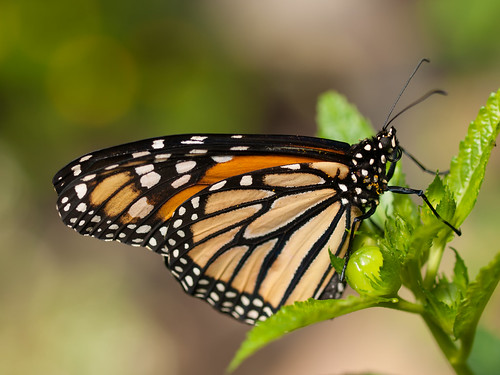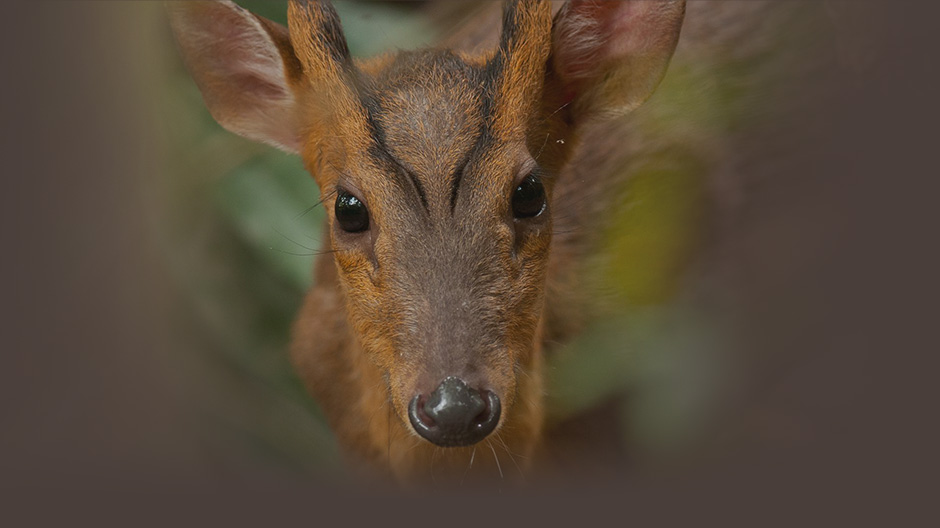24日美國自然資源保護委員會(NRDC)對美國環保署(EPA)提起請願案。請願書中寫道,除草劑「草甘膦」(又名年年春)對帝王斑蝶造成顯著且持續的傷害,嚴重破壞帝王斑蝶族群,要求EPA立即採取保護措施。
「年年春」除去帝王斑蝶幼蟲唯一食草
帝王斑蝶身上有獨特的橘黑花紋,每年在美國、加拿大和墨西哥間遷徙。草甘膦是廣效型的除草劑,可大規模抑制乳草生長,而乳草是帝王斑蝶幼蟲僅有的食物來源。
由於夏天出生的帝王斑蝶壽命僅幾周,牠們需要好幾代的時間才能從墨西哥遷徙到加拿大,再回到墨西哥。最近的統計資料顯示,到墨西哥過冬的帝王斑蝶數量跌至以往平均數量的10%。
「雖然許多除草劑都會除去乳草,但是目前草甘膦的使用狀況已經『造成帝王斑蝶遷徙路徑上的棲息地嚴重流失』」,請願書寫道。請願書要求EPA立即重新審查草甘膦的使用規範,並深究草甘膦和其他除草劑對蝴蝶的累積影響。
新的耐除草劑作物供貨充足,成為帝王斑蝶生存的隱憂。雖然EPA預計明年重新審查草甘膦使用規範,但請願書主張「帝王斑蝶數量減少太快,EPA應立即開始審查並管制草甘膦的使用。
孟山都基改玉米、大豆 年年春用量暴增
最近一次規範使用草甘膦的修訂是在1993年。在主打「耐年年春」的玉米和大豆大量販售後,草甘膦的使用量暴增10倍,一年用量高達1億8千2百萬磅。
生產年年春的農業生技巨擘孟山都公司開發出能夠耐除草劑的基因改造玉米和大豆後,現在基因改造大豆和玉米已經成為美國中西部的大宗作物,草甘膦也成為美國最常用的除草劑。
Soaring use of the weed-killer glyphosate, first marketed as “Roundup,” is devastating monarch butterfly populations, and new safeguards should be put in place immediately to save the iconic species from further decline, the Natural Resources Defense Council said Monday.
In a petition filed with the U.S. Environmental Protection Agency, NRDC said current uses of glyphosate are causing “significant ongoing harm” to monarchs, the unique orange-and-black butterfly species that migrates through the United States, Canada and Mexico as part of its annual lifecycle.
The use of glyphosate, a broad spectrum weed-killer, has led to large-scale suppression of milkweed, a native plant that is the sole source of food for monarch butterfly larvae.
While many herbicides can kill milkweed, it is the current application of glyphosate that has “contributed to significant habitat loss along monarch migratory paths,” the petition says.
Recent figures show the monarch numbers in their Mexican wintering ground have plunged to just 10 percent of their recent annual average, and “the pervasive use of glyphosate has contributed to the monarch’s decline,” the petition said.
Because each monarch lives only a few weeks in the summer, it takes several generations of butterflies to make the round-trip from Mexico to Canada and back.
The petition asks the EPA to conduct an urgent review of the rules for glyphosate and consider the cumulative impact on butterflies from glyphosate and other weed-killers.
Since the glyphosate rules were last updated in 1993, its use has soared tenfold to 182 million pounds a year, following the introduction and rapid spread of “Roundup Ready” corn and soybeans.
Developed by Roundup’s creator, ag-biotech giant Monsanto, these crops are genetically modified to resist the weed-killer. Transgenic soybeans and corn now dominate Midwest farms and glyphosate has become the most widely used herbicide in the United States.
New herbicide-tolerant crops are in the pipeline, raising new threats to monarch habitat.
Although EPA is scheduled to complete a new review of glyphosate rules next year, “given the rapid decline in monarch numbers, EPA should take immediate steps to review and restrict glyphosate’s uses,” the petition says.
※ 全文及圖片詳見:ENS
 網站捷徑
網站捷徑





